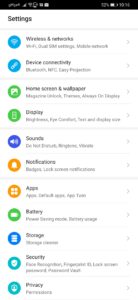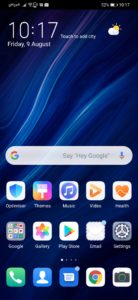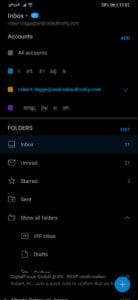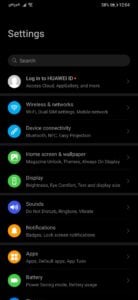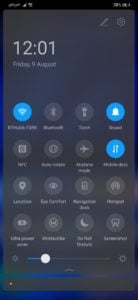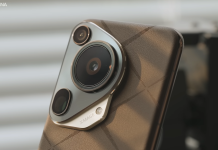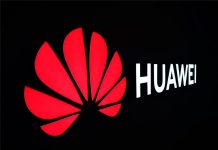It’s a bit surprising that the freshly launched Huawei Mate 30 series of devices is running Android at all. They all ship with the EMUI 10 user interface, which is based on Android 10, but as mentioned, will not be shipping with Google apps. Instead, users will use the Huawei App Gallery to download apps, which is a pretty big roadblock for many users.
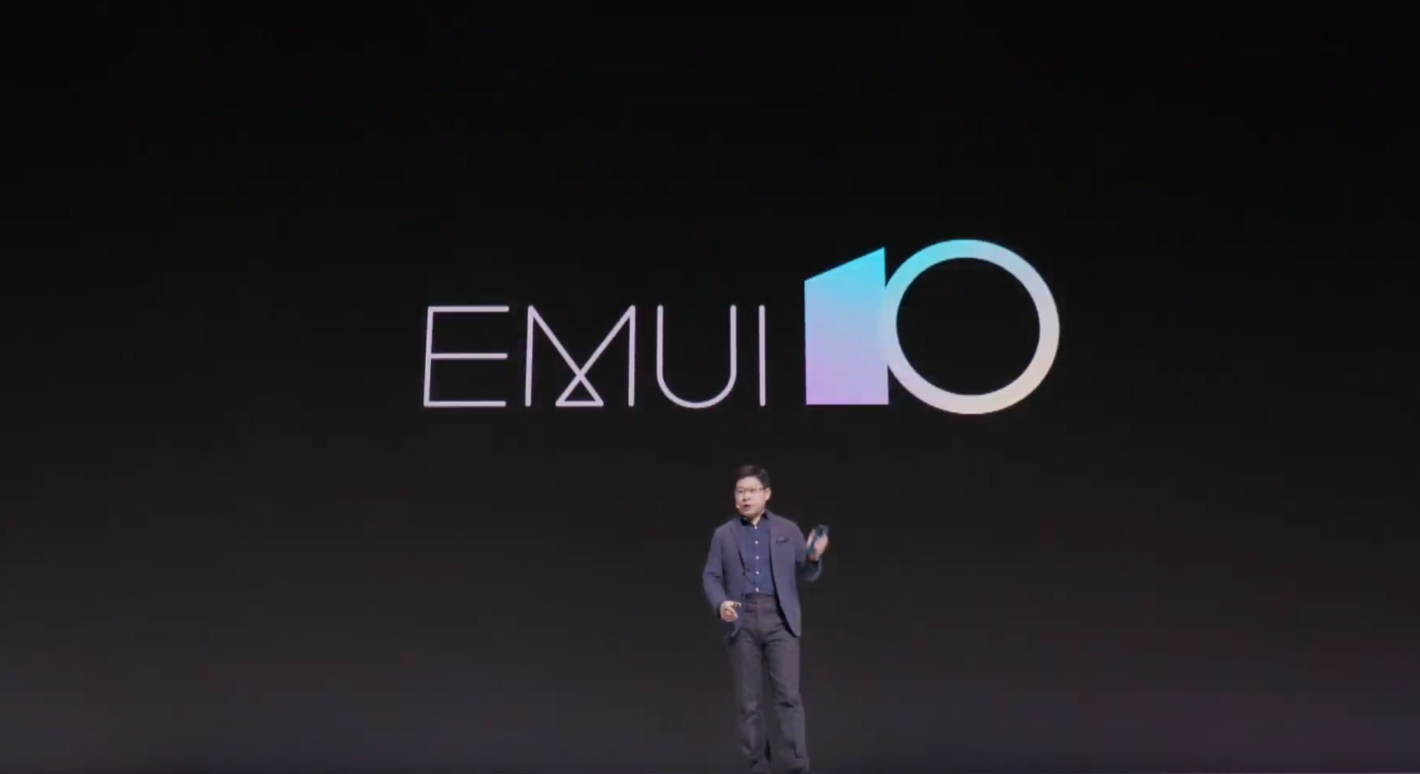
One would think that the Huawei should begin focusing less on their Android skin, and more towards making Hongmeng OS more suitable for smartphones, but Huawei seems to think otherwise. With the latest iteration of EMUI, the company seeks to address many of the complaints regarding its UI by introducing tweaks and features to it.
Flat and simple design approach
With EMUI 10, Huawei is applying a more modern twist to their overall design language. As is the tend, most interactable elements have been moved to the bottom of the screen for easy reaching. For example, the Contacts app now has a picture of the Contact takes up the top half of the screen, with all the clickable information over on the bottom.
This same design language has been applied to almost every section of EMUI 10, resulting in a clean and modern look. This is a really good move for Huawei. Making it easier to reach everything, and making the UI easier on the eyes.
Fluid and snappier animations
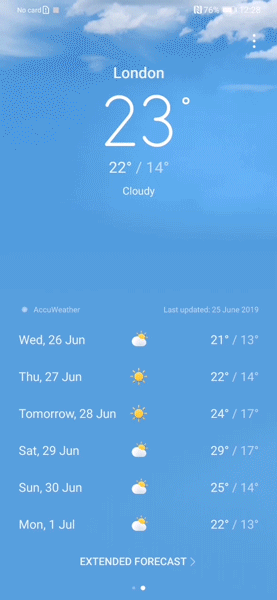
Another cosmetic change in EMUI 10 is the introduction of more “natural” animations. Huawei says that it’s redone a lot of animations throughout the system and modeled them on real-world physics. For example, pressing a button or object it depresses it down into the screen before springing up. Larger objects appear to spring back up with more force.
Huawei has also improved the animation transitions between apps. The frame rate of these transitions has increased, smoothing out their appearance and reducing any appearance of lag. There’s also a cool “Projectile Motion” animation when exiting an app, where you can move the window around the screen and watch it fly back towards the home screen app icon.
So far, impressions seem to be really positive, with most media outlets claiming that the new animations are seamless and snappy, providing for a smooth user experience.
A refreshed camera application
The new EMUI 10 camera app has mostly visual changes, with the biggest difference being the font and icon changes that move further away from the Leica style we’re seen for the past few generations. Despite this, we doubt there’s anything more to it. The Huawei-Leica partnership has been ongoing for several years, and it’s unlikely the two will part anytime soon.
The new camera UI is now designed to fit the new modern and clean aesthetic that the majority of the operating system utilizes. The physics of scrolling between different camera modes seems smoother, as does the slightly redesigned zoom level switch over on the right side. Overall, a lot of small improvements here and there.
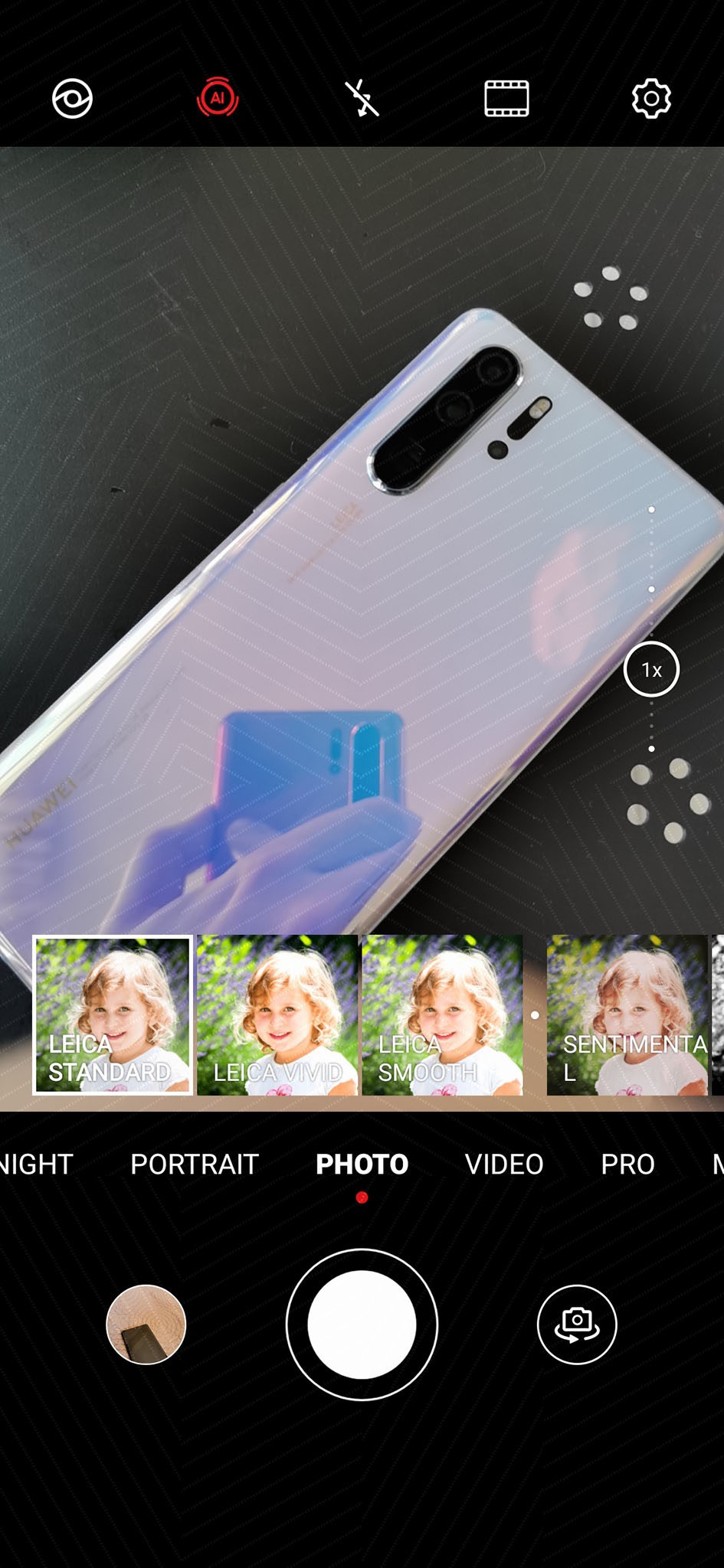
The longstanding “vivid,” “smooth,” and “standard” color options in earlier Huawei camera apps has been replaced with a vast loadout of filter options, dramatically changing the look of your photos. And there’s also a new intensity slider that lets you control the strength of the filter — a welcome addition considering the all-or-nothing approach of the old Leica color options.
Aside from that, the functionality of the app, that seems pretty much unchanged right now. No major new camera features that we can see at least. Instead, Huawei seems to have focused on overhauling its camera app design language in this early build. It’s likely we’ll see those whenever the Mate 30 series lands later this year.
Enhanced Dark Mode
Dark Mode is a major feature of Android Q and EMUI 10 implements this with a few of its own bells and whistles. Huawei has actually gone to some major lengths to improve on the default Dark Mode formula, polling test participants on a range of colors, icons, and styles that they found most comfortable to read in low light.
The result is that Huawei’s Dark Mode provides a slightly tweaked color palette rather than simply inverting blacks and whites. In theory, this makes text easier to read when in Dark Mode and also tweaks other icon colors so that they don’t strain your eyes. it’s also especially nice that Huawei’s Dark Mode is truely black instead of dark grey.
Huawei’s Dark Mode applies not just to the OS UI but also to its pre-installed apps. This includes email, contacts, clock, photos, notes, etc. Huawei is also working with third-party developers to enable them to utilize its enhanced Dark Mode. Apps available through the Huawei app store that are dark mode compatible will work with Huawei’s enhanced color pallet without any extra development efforts.
UP NEXT: Huawei Watch GT 2 unveiled with Always-On display, 2 weeks battery life and more!

